Global Fashion Differences: How Cultural Influences Shape Modern Style in 2025
Clothes tell us more than just style. They show the culture, weather and traditions of a place. What people wear in Japan looks very different from what people wear in Africa or Europe. Each country adds its own touch to
fashion, from colours and fabrics to designs and shapes.
These differences make the world's fashion rich and exciting. At the same time, people borrow ideas from one another, which creates new styles that travel across borders.
This mix of local roots and global influence shapes the way we dress today.
Fashion's Roots in Culture and History
Designers across the world often look back at old traditions for fresh ideas. European fashion houses once drew heavily from
Chinoiserie, blending dragon embroidery,
silk fabrics and the cheongsam shape into their collections. This interest began in the 17
th century and showed both admiration and a sense of exotic curiosity towards Chinese art.
In Africa,
clothing tells powerful stories through colour and craft. North Africa is known for flowing kaftans with detailed patterns, while West Africa celebrates bold wax prints that stand out in any crowd. In the south, beadwork carries deep cultural meaning and adds bright texture to everyday wear and ceremonial dress. These roots still guide fashion today, reminding us how culture shapes style.
| Examples of Global Fashion Differences |
|---|
| Region | Common Styles & Influences | Notable Features |
| Japan | Street fashion, minimalism, traditional kimono | Layering, avant-garde, subcultures |
| India | Saree, kurta, fusion wear | Bright colors, embroidery, draping |
| USA | Casual wear, denim, athleisure | Brand-centric, seasonal trends |
| France | Chic, elegant, haute couture | Timeless silhouettes, luxury labels |
| Nigeria | Ankara prints, agbada, gele | Bold patterns, cultural symbolism |
| Brazil | Beachwear, vibrant colors, carnival costumes | Lightweight fabrics, festive flair |
| Middle East | Abaya, kaftan, modest fashion | Rich fabrics, embellishments |
Fashion Capitals & Style Diffusion
New York, London, Milan and Paris set the pace for global fashion. These cities shape new trends, carry deep fashion history and drive much of the
business. But the stage has grown wider. Seoul brings bold street style, Abuja highlights African creativity and Sao Paulo adds its vibrant energy. Social media and online platforms spread these looks fast, letting fresh ideas from every corner reach the world in real time.
Understanding Global Fashion Research Methodology
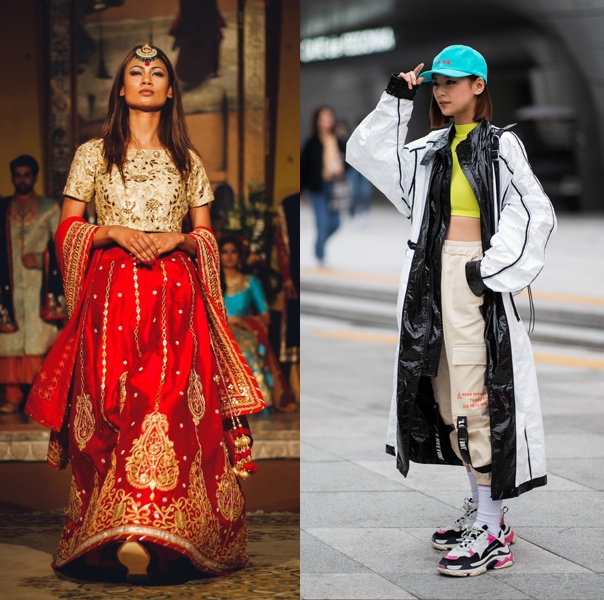
- Africa - African fashion stands tall on the global stage. Designers bring bold prints, rich textures and handwoven fabrics into worldwide conversations. Brands like Lemlem show how tradition meets modern style, while red carpet events highlight African tailoring with pride. The diaspora also plays a big role, carrying African identity into fashion capitals across the world.
- South Asia - South Asia celebrates colour, embroidery and flowing silhouettes through outfits like lehengas and shararas. But as these styles gain global attention, fast fashion labels copy the look without credit. This sparks debate and reminds the industry to work with South Asian creators instead of borrowing designs without respect.
- East Asia - South Korea - South Korea shapes global youth style with confidence. K-pop idols influence millions, making Korean streetwear and sleek trends widely followed. Aesthetic styles like Acubi, with its Y2K-inspired minimalism, spread quickly online. Social media pushes these looks further, keeping South Korea at the centre of global fashion conversations.
Modern Global Influences on Fashion
Fashion moves quicker today than ever before. A single look on TikTok or Instagram can spread across the world within hours. When a star walks into Paris Fashion Week in a bold outfit, high-street shops copy the style almost instantly. Fast fashion brands keep the cycle moving, turning luxury runway pieces into affordable versions that anyone can buy.
Celebrities now set the pace more than designers. K-pop idols, film actors and music icons create headlines with every appearance. Their outfits trend online the moment they step out and fans rush to copy them. Live-streamed shows and red-carpet moments push these styles straight into everyday wardrobes, making fame the strongest influence on modern global fashion.
Future of Global Fashion Collaboration
Fashion isn't just about what's in style today; it's an ever-changing adventure that takes us to new places and ideas. In this section, let's explore what's happening in the world of fashion, especially the exciting trends that are shaping tomorrow. From trendy spots you might not have heard about to making clothes that are kind to our planet, get ready for a journey into the
future of fashion where style meets sustainability.
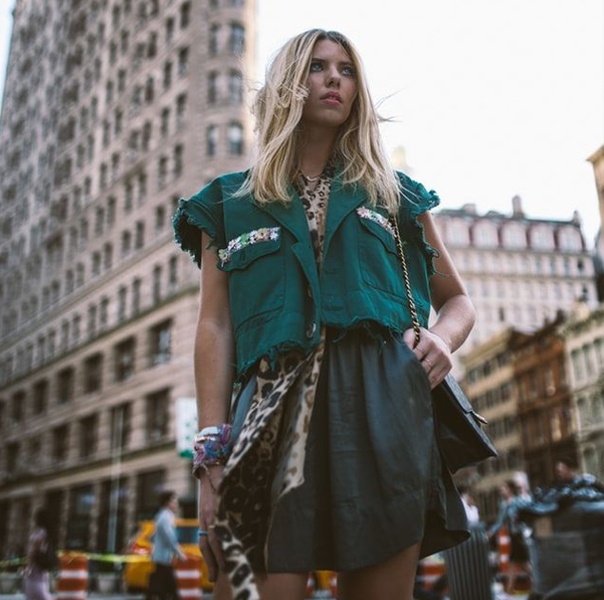
- Emerging Fashion Capitals - Fashion isn't just about what's happening in the big cities anymore! New fashion hotspots are popping up around the world. Places like Seoul, South Korea and Lagos, Nigeria, are becoming known for their unique styles and cool trends.
- Recognition of New Fashion Capitals - Imagine small places becoming big stars in the fashion world! Cities that we didn't hear much about before are getting attention for their creative styles. People are realizing that fashion inspiration can come from anywhere.
- Factors Making New Hubs Popular - Why are these places becoming so stylish? Well, factors like social media and the internet make it easy for ideas to spread. Also, people are proud of their local culture and want to share it with the world through their clothing.
- Sustainability in Fashion - Let's talk about fashion that's good for the planet! Sustainable Fashion means clothes that don't harm the environment. It's like giving our Earth a big, fashionable hug! People are getting more aware and they want clothes that are eco-friendly.
- Global Perspectives on Sustainability - All around the world, people are thinking about how to make fashion more Earth-friendly. From using recycled materials to creating clothes that last longer, everyone is joining hands to make the fashion industry greener.
- Initiatives for a Better Fashion Future - What cool things are happening? Some brands are using less water to make clothes, others are saying no to harmful chemicals. There are even clothes made from old stuff, giving them a second chance to shine! Lots of people are working together to make sure fashion is kind to our planet.
Ethical Considerations in Cross-Cultural Design
Fashion often borrows ideas from different cultures, but there is a big difference between showing respect and taking without care. Cultural appreciation happens when designers and wearers celebrate a tradition, give credit and treat it with value. Cultural appropriation happens when someone uses symbols, clothing or patterns from a culture without understanding or respecting their meaning.
The line between the two is thin. When people respect the roots of a design, involve local artisans or acknowledge the culture behind it, they show appreciation. But when trends use sacred symbols as decoration or turn cultural dress into a costume, it crosses into appropriation.
Global fashion works best when it respects traditions, learns from them and gives space to the people who carry them forward.
Future of Global Fashion Collaboration

Understanding global
fashion influences is crucial for modern designers navigating cultural heritage in contemporary style. Traditional textiles from around the world are experiencing a renaissance in contemporary fashion. African Adire patterns, Indonesian Batik techniques and vibrant Kente cloth designs are now featured prominently on international runways, bridging the gap between cultural heritage and modern style innovation.
The integration of AI technology in
fashion design has revolutionized how designers predict trends and analyze consumer behavior, making cross-cultural fashion more accessible than ever before.
Effective cross-cultural fashion research demands systematic cultural analysis and authentic source verification. Fashion professionals must:
- Study traditional garment construction techniques from source cultures.
- Verify historical accuracy through academic and cultural institutions.
- Compare regional style evolution from Paris haute couture to Tokyo street fashion.
- Analyze textile innovations from Mumbai's handloom traditions to New York's contemporary design studios.
Before incorporating indigenous motifs, patterns or symbols into modern designs, fashion professionals must:
- Investigate the cultural and spiritual significance of traditional elements.
- Consult with cultural experts and community representatives.
- Understand the historical context and ceremonial importance.
- Document all sources meticulously with proper attribution.
- Collaborate directly with artisan communities.
- Ensure fair compensation for cultural knowledge sharing.
- Avoid sacred or ceremonial designs meant for specific cultural contexts.
- Provide transparent credit to source cultures in marketing materials.
Modern sustainable fashion design requires both cultural sensitivity and visual innovation. Leading designers are now:
- Partnering with traditional craftspeople in India, Peru and West Africa.
- Establishing long-term relationships that preserve heritage techniques.
- Creating ethical supply chains that support local communities economically.
- Investing in skill development programs for traditional artisans.
- Collaborating with Peruvian textile cooperatives.
- Supporting West African indigo dyeing traditions.
Fashion never stays in one place. Styles travel, mix and change as people share ideas across borders. Each country adds its own colours, fabrics and traditions, which makes the fashion world rich and exciting. When cultures influence each other, fashion grows in new directions. This mix of local identity and global exchange keeps the industry fresh and full of life.
FAQ about Global Fashion Differences & Influences
Wear cotton, linen or light jersey. Use thin layers and avoid heavy lining.
2. What works best in monsoon streetwear?
Choose quick dry fabrics, cropped trousers and rubber soled
shoes. Keep hems short.
3. Can I wear motifs from other cultures in India?
Yes, if you know their meaning and respect them. Do not use sacred or religious symbols.
4. How do I mix Indian wear with global styles?
Pair a blazer with a kurta, a
denim jacket with a saree or trainers with an anarkali.
5. How can students build a global look on a budget?
Shop at thrift stores, factory outlets or end-season sales. Tailor clothes for better fit.
6. Which Indian crafts
suit modern outfits?
Ajrakh shirts, ikat co-ords,
bandhani scarves, jamdani tops and chikankari shirts.
7. How do I know if a brand works fairly with artisans?
Check if it names the craft region, credits artisans and explains the process clearly.
8. How can Indian designers avoid cultural mistakes?
Credit the source, explain motifs and show how you adapted the design.
9. How does Indian cinema influence global fashion?
Bollywood and regional films show Indian colours and fabrics on global stages.
10. How can I dress modest and still look global?
Layer with long vests, wide trousers or shirt dresses. Use light fabrics to avoid bulk.
11. How can I support Indian craft and still try trends?
Keep trends small, like a bag or cap and use craft pieces as main wear.

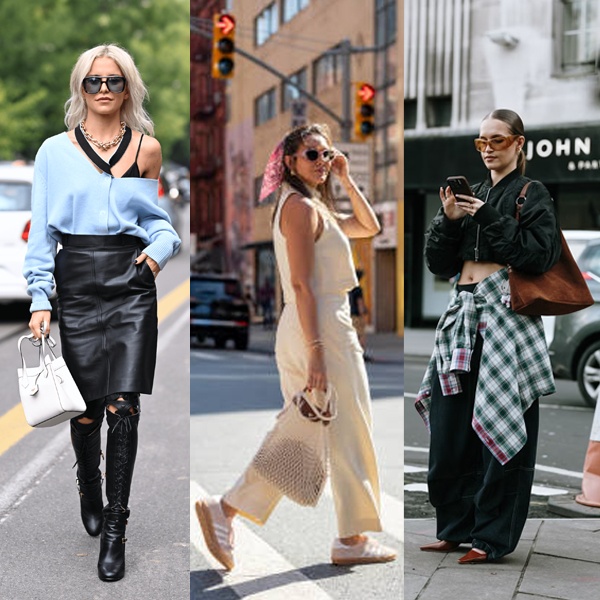
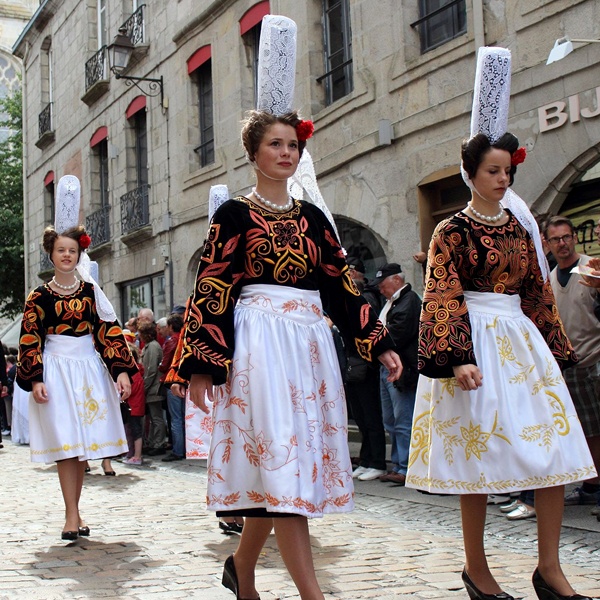

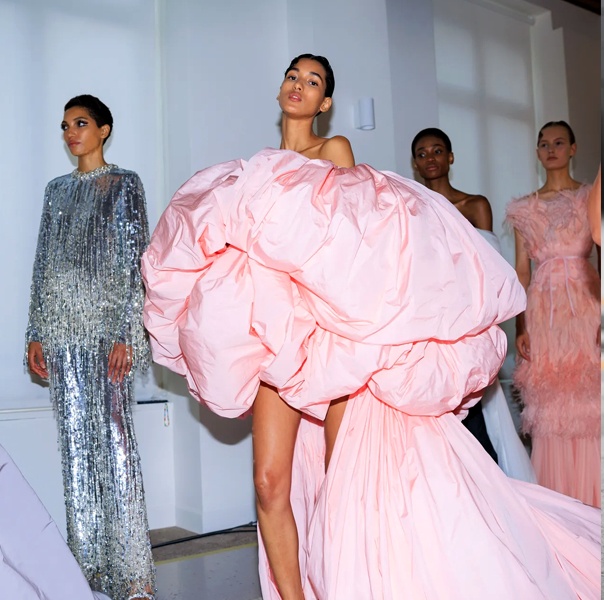

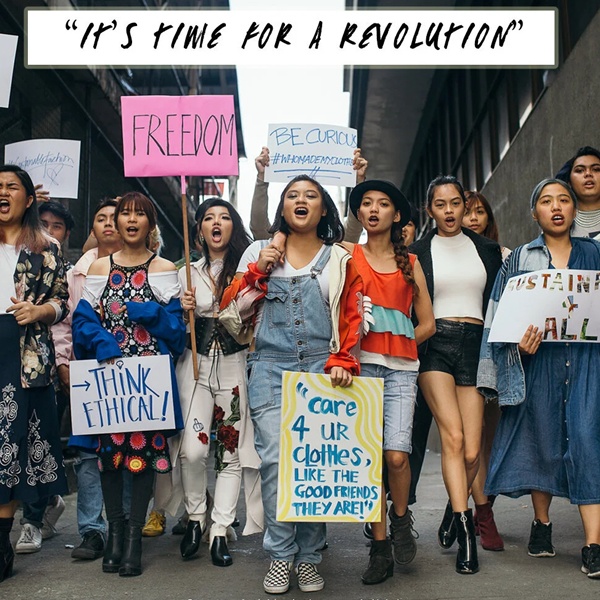

 CONTACT USWaves Institute of Fashion Designing,
CONTACT USWaves Institute of Fashion Designing,